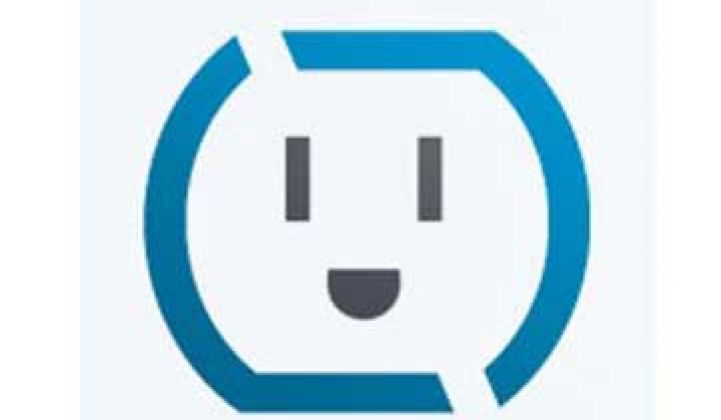Earlier this year, energy efficiency company OPower said it wanted to double its utility customers from 50 to 100 in 2011. Two new deals move the company only incrementally toward that goal, but the scale of the projects underscore OPower’s domination in the customer engagement arena.
OPower announced on Thursday that its Advanced Customer Engagement platform was chosen by Baltimore Gas & Electric for the upcoming smart meter rollout. Pacific Gas & Electric is also reportedly offering OPower's services to its customers, according to Dow Jones. PG&E execs broadly hinted about an OPower partnership months ago to us near the snack table at a conference. The wins could increase OPower’s reach into approximately 15 million homes.
OPower uses behavior modification techniques to help millions of homes cut power consumption by an average of 3.5 percent. The customized data -- delivered online, via snail mail or by telephone -- lets people know how much energy they're using in comparison to their neighbors and then follows it up with a suggested course of action.
The BGE project will put the energy efficiency product in the hands of 1.2 million residential and small business customers. When BGE was seeking approval for its smart grid project, it was faulted by the Maryland PSC for not having a more proactive customer engagement platform to accompany the meters. The final proposal agreed to have information for customers around the time of the meter deployment, rather than a few years later.
“We could not be more excited about our relationship with BGE on this critically important venture,” Dan Yates, CEO and co-founder of OPower, said in a statement. “We are confident that this platform will eventually help many BGE customers realize substantial energy conservation.”
In California, the California Public Utilities Commission approved a plan to give consumers (and businesses) better access to their utility data. Under the policy, utilities must give access to energy consumption data to individual consumers and their appointed third-party providers by the end of 2010 and then provide the data in a somewhat real-time manner by the end of 2011.
PG&E seems to be in an endless public relations battle with a vocal minority over its smart meters; Currently, the debate revolves around the issue of opting out. Allowing customers to see their usage, and to get some information about how to curb energy use, could be one step toward reconstituting some consumer goodwill, especially given OPower’s popularity with its current customers.
Last fall, OPower closed on their round C with $50 million. Although other energy efficiency companies can claim to save far more than a few percentage points, OPower delivers consistent results across huge groups of people using relatively low-tech approaches (there’s no fancy in-home display). With the win of the two largest consumer engagement projects to date, the company continues to sit atop the mountain of the home energy efficiency services market.



